In the world of art, one of its most important expressions is photography.
We are referring to the art and technique of obtaining lasting images due to the action of light.
The term “photography” comes from the Greek φῶς phōs (‘light’), and γράφω grafo (‘to scratch, draw, write’) which, taken together, means to write/record with light.
But, what we want is to soak a little more about this magnificent expression.
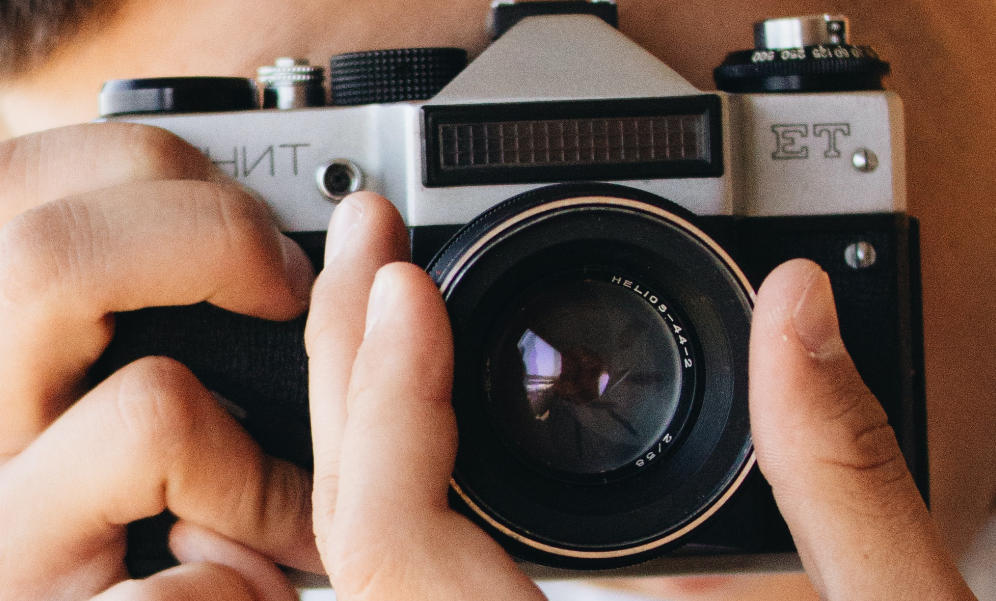
How was it achieved?
The invention of the photographic technique is the result of the combination of several technical discoveries related to the capture and processing of images.
Among the precursors is the Chinese philosopher Mo Di, Aristotle, and Euclid, who described a camera obscura in the 5th and 4th centuries B.C.
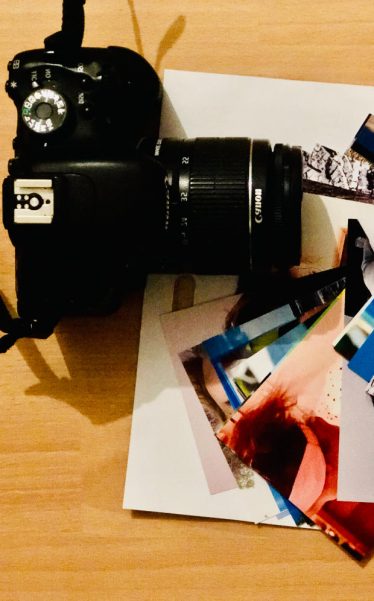
Likewise, the Byzantine mathematician Anthemius of Tralles, who in the 6th century used a form of camera obscura in his experiments; and four centuries later, the Arab mathematician Alhacen made a clear and profound study about the camera obscura.
On the other hand, St. Albert the Great discovered the properties of silver nitrate.
Silver nitrate is a mixed inorganic salt.
Silver nitrate is used in photography because it turns black when exposed to light. That means that a negative and then a positive are created.
In 1568, Daniele Barbaro described the mechanism of a diaphragm.
The diaphragm is a device that allows the lens to regulate the amount of light entering the camera. The variations in the aperture of the diaphragm are called apertures.
A bit of its history
Photography was born at a time of transition from a pre-industrial society to an industrial society. A time full of technical innovations.
It was also influenced by the bourgeoisie, the dominant social class of the time.
The bourgeoisie used the portrait as an instrument of self-representation and affirmation of their social ascent.
Small format photographs were not very expensive and therefore became popular among the bourgeoisie in the middle of the 19th century.

As a consequence, small-format albums began to be collected.
Obviously, at that time, appearing in a photo was a form of social distinction.
In 1860 most commercial photographers considered that technical qualities, such as focus or printing, were the appropriate way to show superiority among connoisseurs.
In 1888, George Eastman launched the Kodak camera. Its great commercial success was the introduction of the photographic film reel on the market, which led to the gradual replacement of glass plates.
In the same year, the Kodak 100 Vista camera was launched on the market, which used 100 circular film rolls.

In 1907, the Lumière factory commercialized color photography. They are slides or transparencies on glass, known as autochrome plates or Autochrome.
In 1931, the electronic flash was invented, which was used especially when the existing light was not sufficient to take the photograph with a given exposure. The flash is a source of intense and hard light, which generally covers little space and is transportable.

In 1928, the young Edwin H. Land developed the first synthetic polarizing filter and in 1935 it was established as Polaroid.
Polaroid is an American company dedicated to the manufacture and distribution of cameras and instant photographic film.
The commercialization of the product began in 1937. It was very successful, being used even by the military and gaining extreme importance during World War II.
Until the 1970s, black-and-white photographs were still the standard in photography at the time.
Finally, in 1990, the digitalization of the photographic field began: the images are captured by an electronic sensor that has multiple photosensitive units and from there they are archived in another electronic element that constitutes the memory.
It is necessary to emphasize that digital photography plays an important role in society. This occurs because it is an immediate connection between people because they can be shared easily and quickly by any electronic means. With analog photography, this immediacy did not happen.
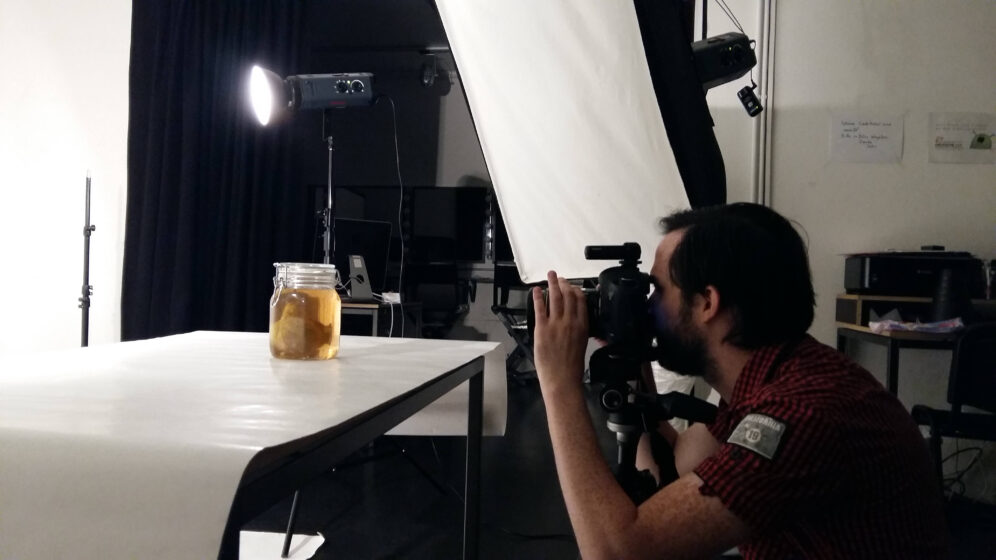
As in any artistic expression, there are endless exponents. And, it is possible to have different opinions about who should or deserve to result.
In our humble opinion (you may think different), some of them are:
Robert Capa (1913-1954). August Sander (1876-1964), Bernice Abbot (1898-1991), Garry Winograd (1928-1984), and Kevin Carter (1960-1994), among others.
Importance in our society
In order to know the importance that photography has in our society, we must understand or know what it consists of. I am not talking about the technical part. I am talking about the fact that photography is the art of creating windows to the world, showing feelings, thoughts, and curiosities, and capturing our inner self.
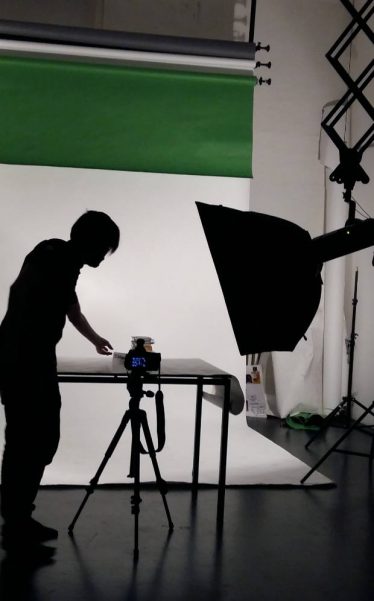
Since its invention in 1839, the identity of this medium and its status has been debated not only for the technological reference it represents but also for its relationship with art.
Photographing has a lot to do with the objects around us. We are deliberately extracting from the world what interests us about it as if we were ratifying to our mind what it should focus on.
Photographs, then, are our personal history, a timeline of our lives, complete with the faces and places we want.
Photos can become small pieces of a giant puzzle. Images are much more than just a record.
Photography allows us to share what we find beautiful and interesting with others.
The importance of photography lies in the fact that the photographer’s will manifests itself. It manifests itself when the photo is taken (in its production) and in the development or post-production (it can be manipulated).

Then, through a rhetorical and symbolic game, it can emphasised more than any other art in a real fact.
It creates artists and has no limitations
Photography allows us to express ourselves in an artistic way. We can observe and communicate with other people. These images can express joy or sadness, wonder or sympathy.
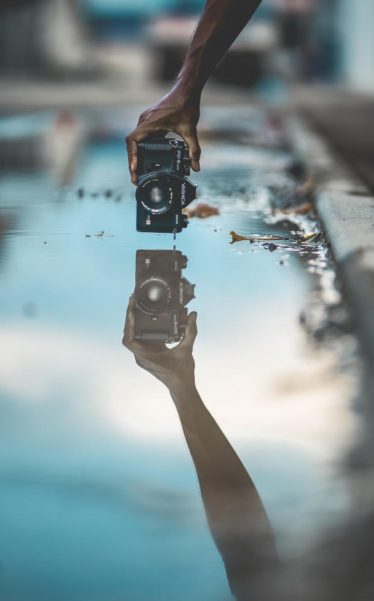
Every human emotion can find a place in photography. Photography is the art of our gaze.
It handles a very high level of iconicity and allows us to immerse ourselves in an intended reality.
One could say that photography is an accessible art. But doing it well requires training and understanding.
Photography can deal with different issues such as landscape, daily life, situations of violence, and life in different spaces like the city, for example, microphotography, etc.
The variety is unlimited and the interesting thing is that this makes this activity extremely important because it allows the public to observe an endless number of situations that would otherwise be lost or unknown because a photographer was not present at the right time.
A language of its own
Photography has a language of its own. This differentiates it. In its language, the variables are few: light, aperture, shutter speed, ISO, focal length, shot, exposure, and white balance.
But, it is important to note that these variables can change at the time of post-production.
In the post-production phase, light, color, and saturation, for example, can be controlled. Likewise, the composition can be changed.

Photography is a lie that can reflect the deepest of truths, or the greatest of falsehoods.
Photography is reflected in every genre. What is your job as a photographer, and what stories are worth telling?
It has a double-edged language since everything depends on the ethics of each photographer because the look is the result of his beliefs, feelings, and thoughts.
The conclusion
Photography is a vision and art. Regardless of your skill level, capturing images is important to history and people’s lives.
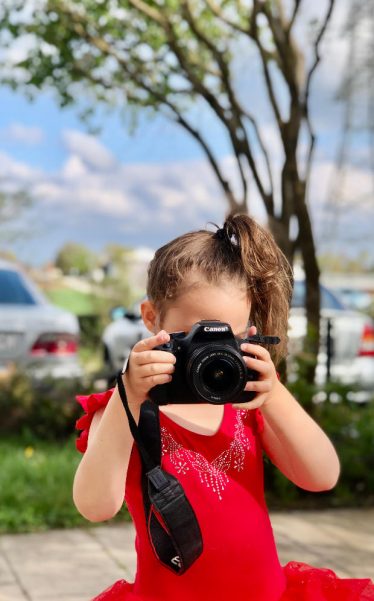
Images have power because they help us understand and teach history. People connect through images.
Time is a clock that never stops and photographs are important because they freeze the moments of our lives.
They allow us to freeze moments in time. They are like magic.
There are events and moments that seem to have little relevance but become relevant when we look for that person we once were.
Photographs make us stop and think about the moments we have lived before. They create in us, in the same moment, nostalgia and mentality.
They are our stories. Thanks to it, hundreds of images come together to form a narrative of our own lives.


